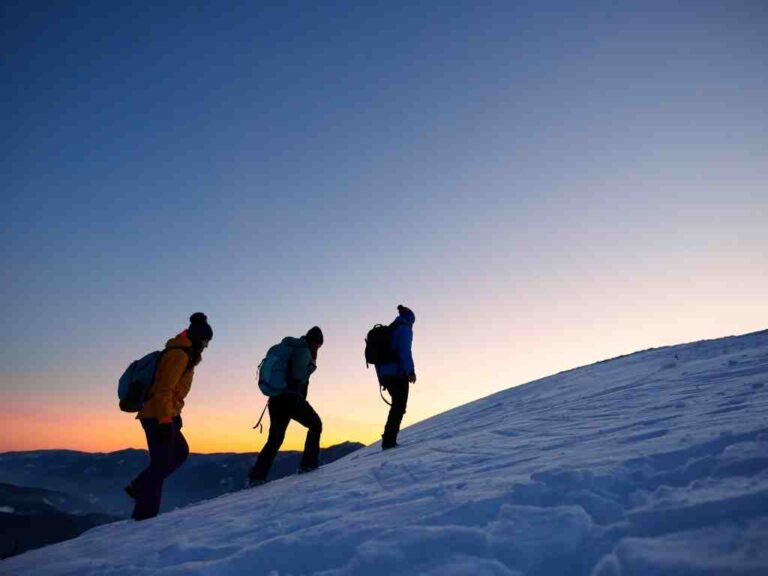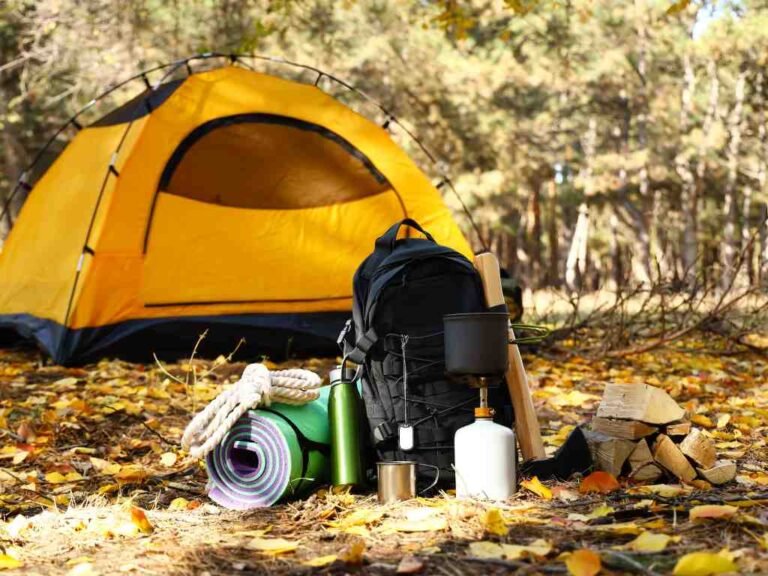
The sweet solace of a well-rested night’s sleep under the stars – a reward that beckons us to trade in the comforts of home for the tranquility of the great outdoors. As we embark on this buying guide journey, remember that your chosen sleeping gear is more than just a piece of equipment; it’s a sanctuary, a haven from the elements, and a key to unlocking the secrets of a restful night’s sleep.
Before we begin, some things to consider:
1. Don’t get caught in a compromising position: Be aware of the potential risks and consequences of using inadequate sleeping gear.
2. Size matters: Choose a sleeping bag or pad that fits your needs – weight, warmth, and comfort – but also consider the trade-offs in terms of space, durability, and affordability.
3. Don’t compromise on quality: Invest in reputable brands that prioritize performance, safety, and durability.
The Anatomy of Camping Sleeping Gear
To navigate the complex world of camping sleeping gear, let’s break down its key components:
1. Materials: Down, synthetic, or hybrid insulation – each with its own strengths and weaknesses in terms of warmth, weight, and maintenance.
2. Fill power: The measure of a filling material’s ability to trap warm air and retain heat – higher fill powers indicate greater warmth.
3. Sleeping bag weight: Choose a sleeping bag that meets your needs – from lightweight (2-3 lbs) to heavyweight (4-5 lbs).
4. Insulation type: Synthetic, down, or hybrid insulation – each with its own advantages in terms of performance, durability, and maintenance.
Here some options we recommend:
Types of Sleeping Bags: The Quest for Comfort
Camping sleeping bags come in various types – each catering to specific needs and preferences:
1. Backpacking bags: Lightweight, compact, and designed for solo adventures or small groups.
2. Climbing bags: Insulated, lightweight, and optimized for climbing and mountaineering.
3. Winter bags: Heavy-duty, insulated, and designed for extreme cold weather conditions.
4. Summer bags: Lightweight, breathable, and ideal for warm weather camping.
Sleeping Pads: The Comfort Factor
Sleeping pads come in various types – each catering to specific needs and preferences:
1. Inflatable pads: Soft, flexible, and inflated with air – ideal for backpacking and minimalist camping.
2. Foam pads: Rigid, supportive, and durable – perfect for heavy-duty camping and extreme weather conditions.
3. Hybrid pads: A combination of foam and inflatable technology – offering the best of both worlds.
We recommend:
Features to Consider: The Battle Between Comfort and Convenience
When choosing camping sleeping gear, consider the following essential features:
1. Sleeping bag length: Choose a sleeping bag that meets your needs – from compact (50-60″) to long (72″) for extra warmth.
2. Sleeping pad thickness: Select a sleeping pad with sufficient thickness for comfort and support – 3-4 inches is standard.
3. Weight distribution: Consider a sleeping bag or pad with even weight distribution for optimal comfort.
4. Maintenance requirements: Look for gear that’s easy to clean, dry, and maintain.
The Buying Process: A Step-by-Step Guide
1. Assess your camping style: Solo camping, group camping, or backpacking? Different sleeping gear meets different needs.
2. Research reputable brands: Look for brands that prioritize performance, safety, and durability – like REI, The North Face, or Mountain Hardwear.
3. Read reviews and watch videos: Get a feel for real-world performance, comfort, and maintenance from experienced campers and outdoor enthusiasts.
4. Test drive the gear: Try before you buy – some retailers offer in-store testing sessions or demos.
And there you have it – a comprehensive guide to camping sleeping gear that balances comfort with convenience. Whether you’re a seasoned camper or just starting out, we hope this guide has provided the insights and confidence to find your perfect refuge under the stars.
So go ahead, choose your sleeping gear, and rest easy knowing you’ve got the best.









